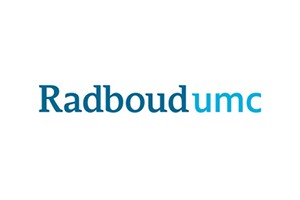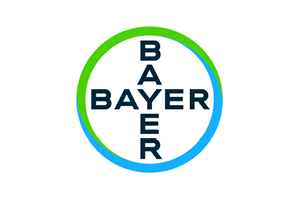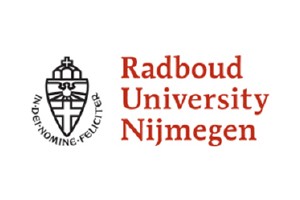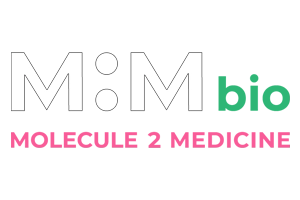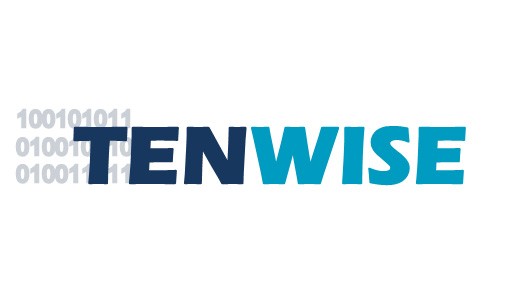Delia I. Fernández, Sara Troitiño, Vladimír Sobota, Bibian M. E. Tullemans, Jinmi Zou, Helma van den Hurk, Ángel García, Saman Honarnejad, Marijke J. E. Kuijpers & Johan W. M. Heemskerk
ABSTRACT
Distinct platelet activation patterns are elicited by the tyrosine kinase-linked collagen receptor glycoprotein VI (GPVI) and the G-protein coupled protease-activated receptors (PAR1/4) for thrombin. This is reflected in the different platelet Ca2+ responses induced by the GPVI agonist collagen-related peptide (CRP) and the PAR1/4 agonist thrombin. Using a 96 well-plate assay with human Calcium-6-loaded platelets and a panel of 22 pharmacological inhibitors, we assessed the cytosolic Ca2+ signaling domains of these receptors and developed an automated Ca2+ curve algorithm. The algorithm was used to evaluate an ultra-high throughput (UHT) based screening of 16,635 chemically diverse small molecules with orally active physicochemical properties for effects on platelets stimulated with CRP or thrombin. Stringent agonist-specific selection criteria resulted in the identification of 151 drug-like molecules, of which three hit compounds were further characterized. The dibenzyl formamide derivative ANO61 selectively modulated thrombin-induced Ca2+ responses, whereas the aromatic sulfonyl imidazole AF299 and the phenothiazine ethopropazine affected CRP-induced responses. Platelet functional assays confirmed selectivity of these hits. Ethopropazine retained its inhibitory potential in the presence of plasma, and suppressed collagen-dependent thrombus buildup at arterial shear rate. In conclusion, targeting of platelet Ca2+ signaling dynamics in a ultra-high throughput based-screening campaign has the potential of identifying novel platelet-inhibiting molecules.







